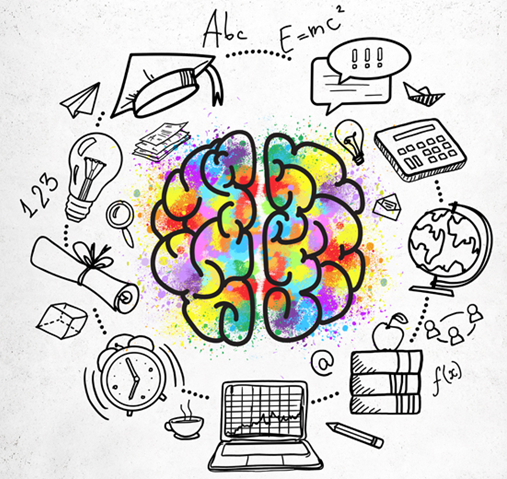The Role of Neuroeducation in Transforming Teaching Methods

Understanding how students learn has always been a cornerstone of effective teaching. In recent years, neuroeducation—a field blending neuroscience, psychology, and education—has emerged as a game-changer. It offers insights into how the brain functions during learning and provides educators with strategies to improve teaching methods for better student outcomes.
Neuroeducation, also known as brain-based education, bridges the gap between science and pedagogy. By understanding how the brain processes, retains, and recalls information, teachers can design lessons that align with cognitive strengths and address learning challenges.
What is Neuroeducation?
Neuroeducation is the study of how the brain learns, combining findings from neuroscience, cognitive psychology, and education. It seeks to understand the mechanisms of learning, memory, and attention to improve teaching practices. Concepts such as neuroplasticity—the brain’s ability to adapt and rewire itself—are at the heart of this field, highlighting the potential for all students to learn and grow with the right support.
Applications of Neuroeducation in Classrooms
- Active Learning: Studies in neuroscience show that active engagement enhances learning. Teachers can apply techniques like group discussions, problem-solving activities, and hands-on experiments to activate different regions of the brain.
- Multi-Sensory Learning: Incorporating visual, auditory, and kinesthetic elements into lessons helps engage multiple neural pathways, leading to better retention of information.
- Spacing and Repetition: Spaced learning strategies, based on the brain’s ability to strengthen memory through repetition over time, improve long-term knowledge retention.
- Stress Management in Learning: Chronic stress negatively impacts cognitive function. Neuroeducation encourages creating a safe, supportive classroom environment to help students focus better.
- Customized Learning Paths: Understanding individual brain patterns enables personalized learning experiences, ensuring that teaching methods cater to each student’s unique needs.
The Impact on Teachers
Neuroeducation also empowers teachers. By understanding the science behind learning, educators can make informed decisions about lesson planning and classroom management. For instance, knowing how sleep, nutrition, and physical activity affect brain performance can guide policies to optimize student potential.
Challenges in Implementing Neuroeducation
While neuroeducation has immense potential, its integration into the education system faces challenges:
- Lack of Training: Most teachers are not formally trained in neuroscience, making it essential to incorporate neuroeducation into professional development programs.
- Overinterpretation of Findings: Educators must be cautious not to misapply or oversimplify complex neuroscience concepts, such as the myth of “learning styles.”
- Resource Constraints: Implementing brain-based strategies may require additional resources and time, which can be a barrier in underfunded schools.
The Future of Neuroeducation
As research in neuroscience advances, the role of neuroeducation will only grow. Emerging technologies, such as brain-imaging tools and AI-driven learning platforms, hold the potential to provide real-time insights into how students learn best. Schools adopting neuroeducation principles will be better equipped to create adaptive and inclusive learning environments.
Conclusion
Neuroeducation offers a revolutionary approach to teaching by aligning classroom practices with how the brain learns. It empowers teachers with scientific insights to foster critical thinking, enhance memory, and address individual learning needs. By bridging the gap between neuroscience and education, neuroeducation has the potential to transform classrooms and create a generation of more effective learner.










